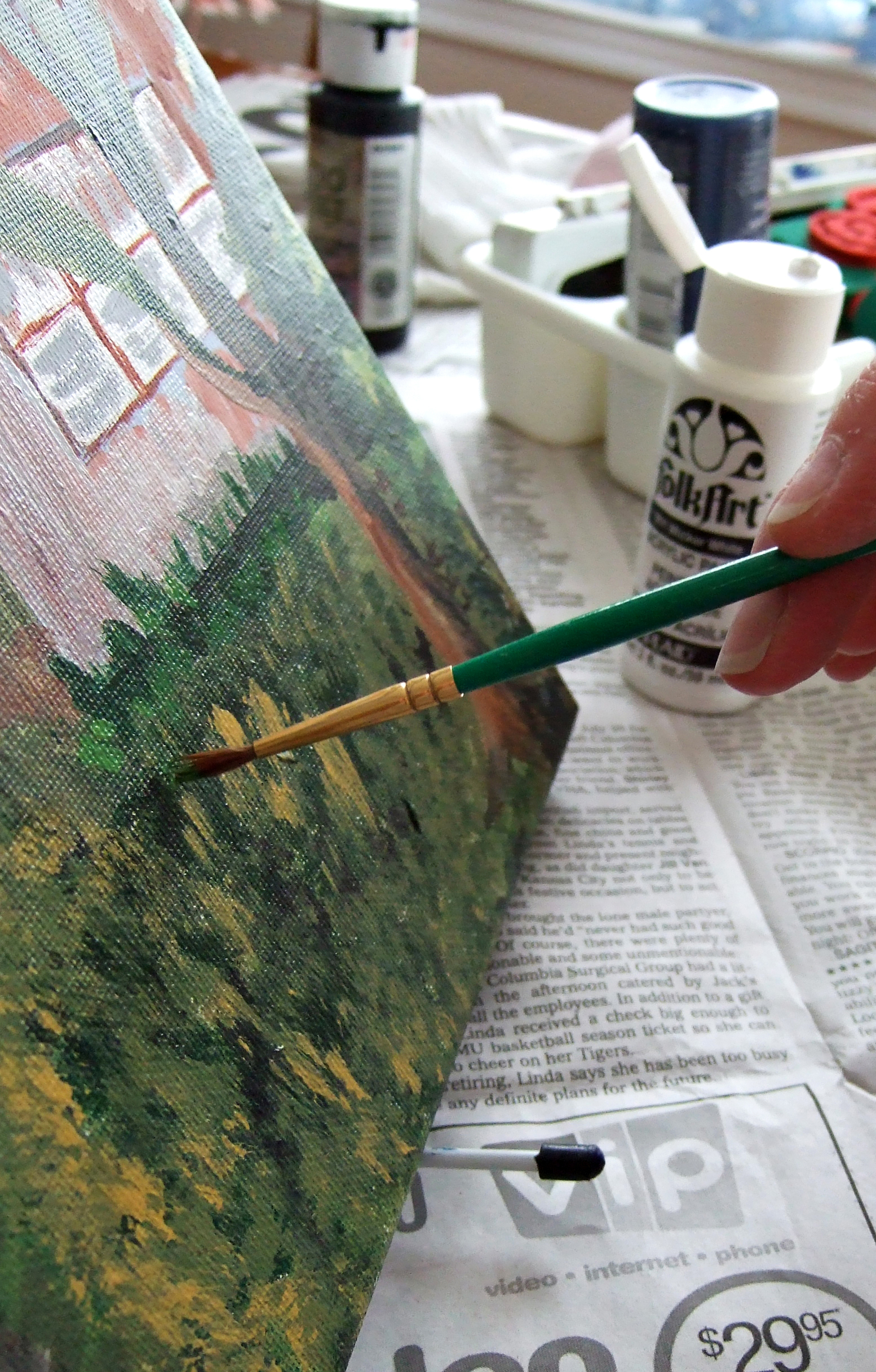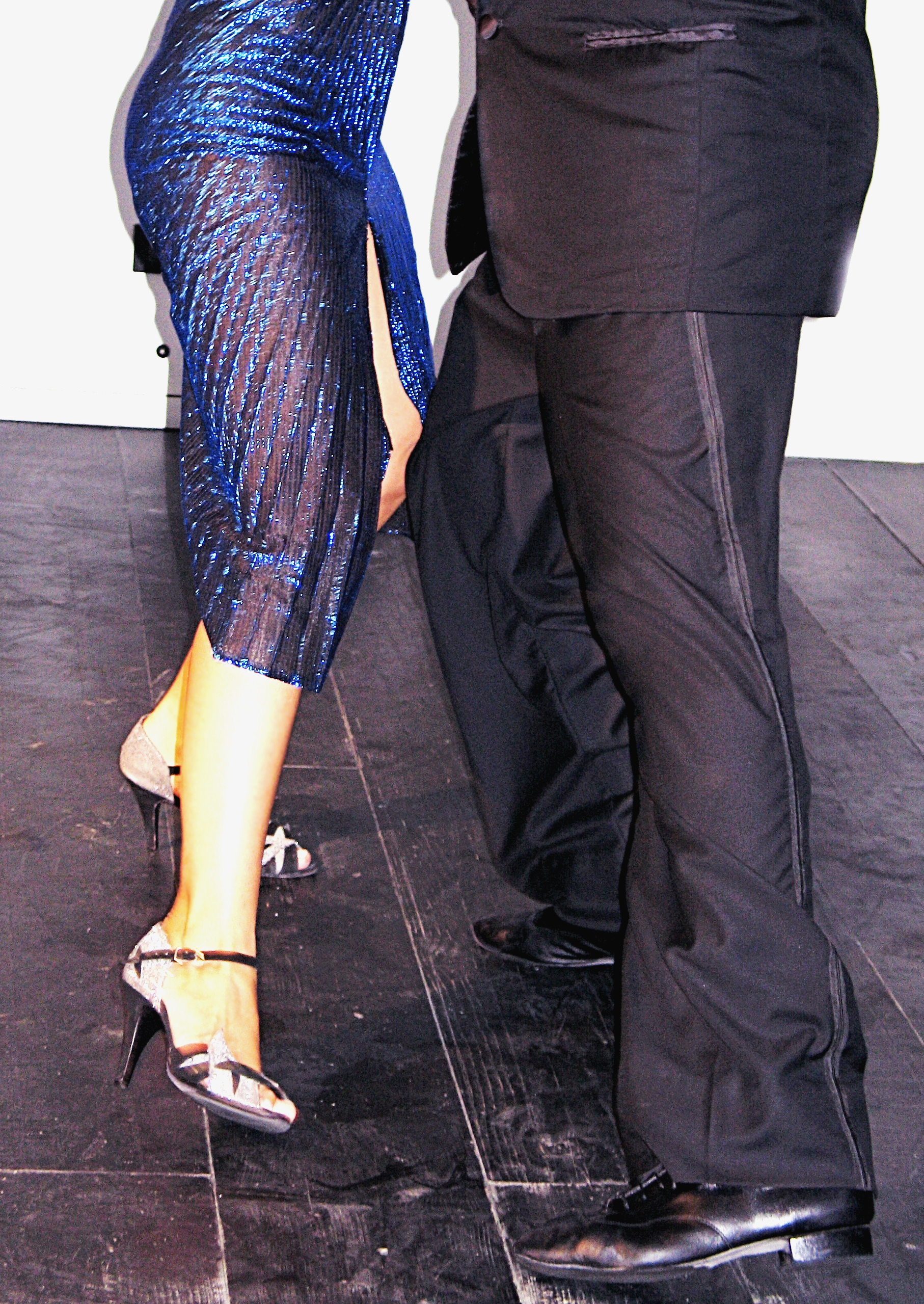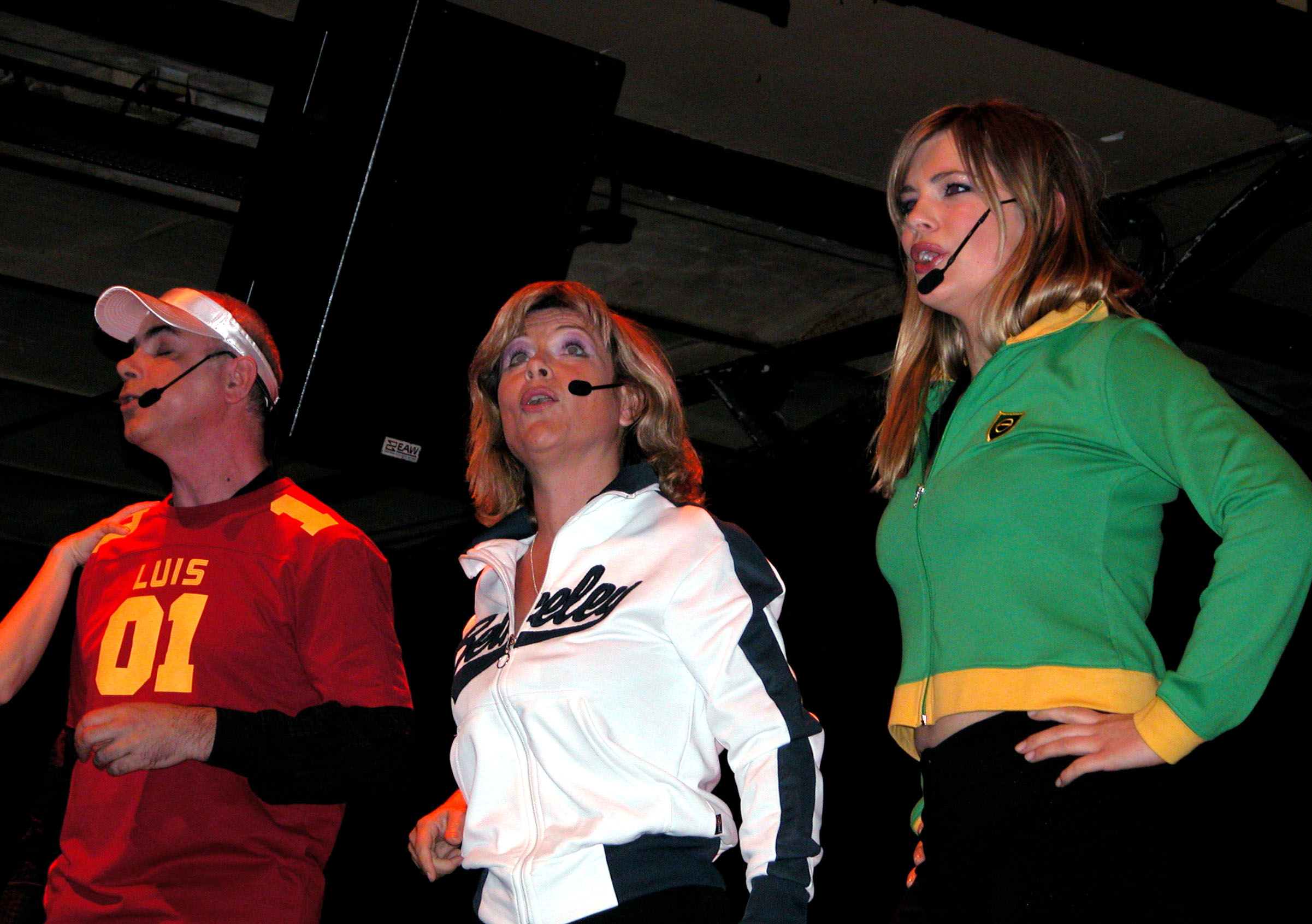![]() A friend of mine recently noticed that a painting in my dining room was an original with my name in the corner. He told me that he wanted to know more about the part of me that studied and loved painting, not just the isolated section of me that identifies with stories and being a wordsmith.
A friend of mine recently noticed that a painting in my dining room was an original with my name in the corner. He told me that he wanted to know more about the part of me that studied and loved painting, not just the isolated section of me that identifies with stories and being a wordsmith.
Another friend asked me, how does my love for painting, singing, and dancing interact with my passion for stories? Even though I see my primary vocation as a writer, I (and all of us, writers and otherwise) am much more than that.
 Painting is a balance of shape and color, light and dark. I can look at a painting and sense that a particular color is missing. The absence of a shadow or an object in the foreground will make me cock my head and experiment with my brush until that feeling of something missing is alleviated.
Painting is a balance of shape and color, light and dark. I can look at a painting and sense that a particular color is missing. The absence of a shadow or an object in the foreground will make me cock my head and experiment with my brush until that feeling of something missing is alleviated.
The better I get at writing a story, the easier it is to pause, ponder, and realize what is missing in a draft. Creating fiction is a balancing act.
I often paint from life. Some of my best paintings come from those modeled after photographs. Writing is most vibrant when it is taken from actual instances and truths in real life, starting with something tangible from my own experience as a springboard and then diving into fictional embellishments to put flesh on the armature.
 Dancing is something I’ve studied ever since I was young. All choreography has a beginning, middle, and an end. I’ve heard choreography described as “Do something to open your dance piece, then do something else for the middle, and to conclude your piece, do that same thing you did in your when you opened.”
Dancing is something I’ve studied ever since I was young. All choreography has a beginning, middle, and an end. I’ve heard choreography described as “Do something to open your dance piece, then do something else for the middle, and to conclude your piece, do that same thing you did in your when you opened.”
The same goes for storytelling. In Joseph Campbell’s model for a Hero’s Journey, the hero must begin in his world, travel, and return again to his world in order for the journey to be complete.
Also, in the case of partner dancing (which, incidentally, is how I met my husband), you have to learn to balance two elements, carefully making sure you do not upstage one with the other. The beauty of the dance is the interaction of the two.
In writing this might be villain and hero, friend and friend, father and son, lover and beloved. The interaction itself is the beauty of the dance.
 Similar to the unity of partner dancing, there are elements vital to singing that also apply to the literary arts. In ensemble pieces, the quartet, choir, etc must not only have their individual parts polished, but must take into account the singers around themselves, blending, harmonizing, and balancing the tone.
Similar to the unity of partner dancing, there are elements vital to singing that also apply to the literary arts. In ensemble pieces, the quartet, choir, etc must not only have their individual parts polished, but must take into account the singers around themselves, blending, harmonizing, and balancing the tone.
A vocal soloist must practice daily to keep vocal muscles toned and supple. The piece must be well-rehearsed; a single flat note could mar a performance.
A story must be honed and edited before it is publishable for the public eye. Writing must be undertaken with devoted regularity. A complicated piece of fiction must balance diverse elements toward the goal of a larger, cohesive story, similar to a choir balancing musical notes toward the goal of a greater, fuller sound.
If you are an artist and practice one or more of these disciplines, you are already learning methods and practices requisite to writing.
Post a comment about your experience with other artistic disciplines and how it affects your writing.
Walter Dinjos
15 Dec 2010Now I wish I could paint. When compared to writing and poetry etc, it is all about painting beautiful pictures. Guess I could still say I can paint. 🙂
rivene
16 Dec 2010I really appreciated this post, especially your insight about how “creating fiction is a balancing act.”
Thanks for sharing it!